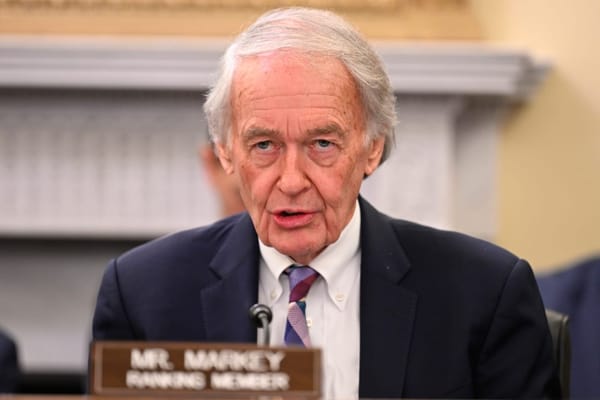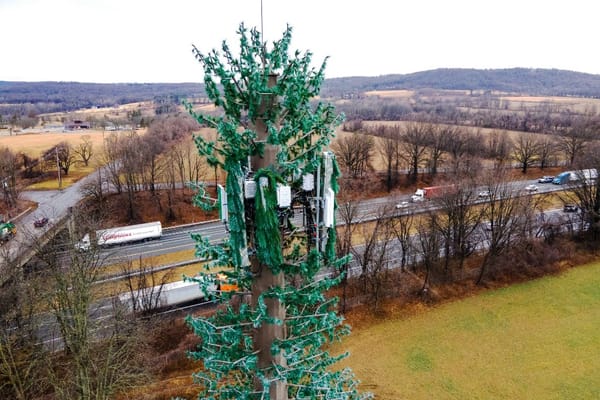States are Making Their Own Broadband Maps to Challenge the FCC’s Data
With FCC maps promised soon, some states are preparing to possibly challenge them by making their own.
Teralyn Whipple

WASHINGTON, August 8, 2022 – Some states are preparing their own broadband availability maps in preparation to challenge any deficiencies in the Federal Communications Commission’s own maps, according to state officials Broadband Breakfast spoke to, which could mean the difference between more or less funding.
The FCC’s new map, which is expected by this fall and will help federal programs deliver billions in funding to underserved and unserved areas, will include a challenge process where broadband providers, and communities will be able to challenge broadband availability claims by submitting evidence to the FCC’s Broadband Data Collection system.
Don’t miss the Broadband Mapping Masterclass! You can navigate the treacherous waters around broadband mapping by participating in this 2-hour Masterclass for only $99. Enroll TODAY in this LIVE Masterclass on Tuesday, September 27, at 12 Noon ET
Many states are preparing for this challenge process now by establishing their own state broadband maps, according to people this publication spoke to. William Price of location data and service company LightBox said that “states that have invested in developing their own fabric and their own ISP data collection for those locations will be in a position to pose a credible challenge [to the FCC’s maps].”
FCC Opens Broadband Data Collection Program
If states have not developed their own location level mapping, they will have no basis to evaluate if federal funding allocations are appropriate and no way to advocate for additional funds, said Price, whose LightBox has agreements with some states to develop their own maps. (LightBox is a sponsor of Broadband Breakfast.)
B.J. Tanksley of Missouri’s Office of Broadband Development said in an interview that the state is “hopeful that its maps will be useful in challenging the FCC’s maps… we believe our maps will allow us to challenge, when necessary, to improve the accuracy for Missouri.”
Tanksley added that there are sure to be many states looking to strengthen their maps prior to the FCC process, which will lead to a demand in this area.
Indeed, Utah is following the trend. Rebecca Dilg of the Utah Broadband Center told Broadband Breakfast that state maps are necessary to compare to FCC maps. Dilg expects that Utah’s state map will prove useful to challenge location-level coverage claims in the cases of multi-dwelling buildings where federal maps would claim a location is served without considering multi-tenant living situations.
Utah’s Broadband Maps Are Ready for Federal Funding, Broadband Director Says
Preparing for the challenge process is an “important investment of time,” Dilg said.
Florida, which has developed a broadband internet speed test to populate its map, said in a statement to Broadband Breakfast that any location level map that Florida may create should supplement the yet-to-be released FCC maps.
The road to better maps
Previous broadband availability maps provided by the FCC faced longstanding criticism from industry stakeholders, members of Congress, and the FCC itself because of its overreliance on the Form 477 method, which relied largely on data from internet service providers.
Those maps relied on data on speed tests, surveys, and data at the census block level, which meant an entire block was considered covered if just one address within that block received adequate connectivity.
In order to improve the mapping situation and ensure that the $42.5 billion in new funds from the Infrastructure, Investment and Jobs Act funds are allocated to areas in need, Congress passed the Broadband Deployment Accuracy and Technological Availability Act in 2020.
Drew Clark: Broadband Maps Are a Mess, So Now Let’s Focus on Actually Improving Them
A few states have undertaken the location-level methodology that precisely maps the availability of broadband services to every address in the state, said Price. Some of these states have contracted with LightBox.
Other states are choosing to collect broadband availability data through speed tests and surveys to approximate where broadband services are and are not. These types of maps are not as accurate as address location-level maps, said Price.
Price said it looks like over 30 states may be forgoing creating their own maps and are choosing to accept the results of the FCC maps.
Possible problems facing state-level maps
Obtaining ISP support and cooperation has proven to be difficult for state officials, according to some. Clay Purvis of Vermont’s Community Broadband Board indicated to Broadband Breakfast that carriers do not always provide complete reports of service areas. Dilg of Utah agreed, adding that it is a challenge getting ISPs to participate in updating maps, which Utah does on a semi-annual basis.
Furthermore, Vermont is concerned that the FCC will not accept data from its drive-test data during the challenge process.









Member discussion